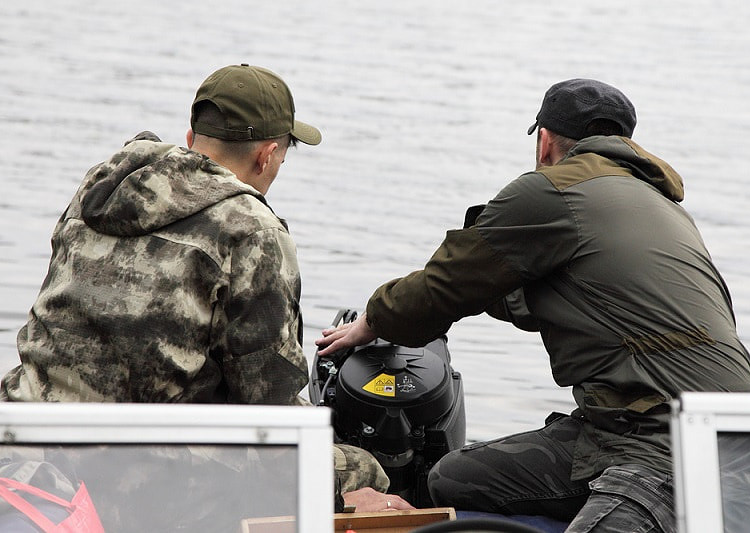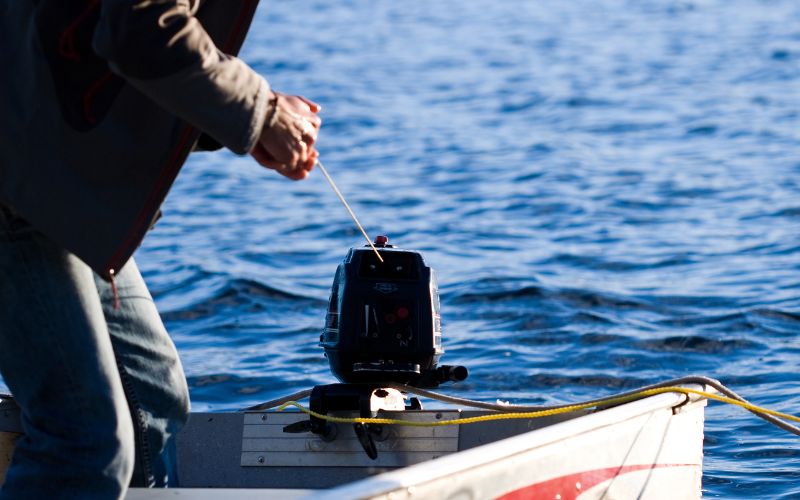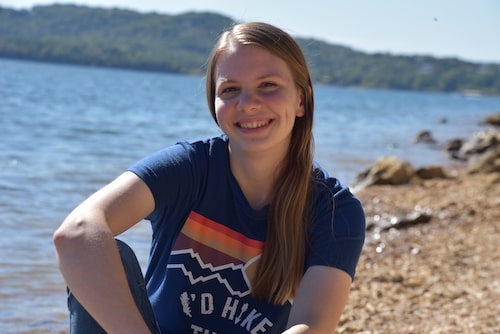You just bought a brand new outboard motor. Perhaps you’re hoping to save a little money by not using a battery with it.
Or, perhaps your battery failed and you’re wondering if it’s okay to run the outboard without a battery.
Will the motor even run? Will attempting to run it without a battery cause damage to the engine? Is there any way to get a motor running if your battery has died?
Keep reading as we dive into the answers!
Table of Contents
Will an Outboard Motor Run Without a Battery?

The short answer to this question is: sometimes.
There are many different types and brands of outboard motors; many of them will run even if you don’t have a battery hooked up to them, but many will not.
Some of the newer outboard motors are actually designed to start and run without a battery; at the other end of the spectrum, others are made to only start with a battery.
Most outboard motors fall somewhere in the middle. They are designed to be used with a battery, but they will technically start and run without one.
So, if you’re out on the water and your battery dies, in many cases you will still be able to get the motor running and get yourself back to shore.
Some of these outboard motors have generators, while others have alternators. It’s generally safer to run the ones with generators without a battery.
Motors with alternators are subject to voltage surges and may sustain damage if they aren’t hooked up to a battery.
Even if your motor technically runs without a battery, it’s not usually a good idea to use it repeatedly without one, unless the motor is designed for use without a battery.
Remember: just because you can do it, that doesn’t mean you should do it.
There are two broad categories of outboard motors: pull-start and electric-start. Let’s take a closer look at each.
Pull-Start Motors

Pull start outboards are simple motors that use a pull-line to start. Like other pull-start motors, they use something called magneto ignition to generate their own spark, allowing the engine to start without the use of a battery.
That said, not all pull-start motors should be used without a battery. Some are meant to be used with a battery, while others are designed to be used without one.
If you have a pull-start motor, your best bet is to know exactly what kind you have and whether or not you can use it without a battery. Check your owner’s manual and use a battery with your motor if you’re supposed to.
This is important because, in many motors, the battery provides a load to absorb and regulate the voltage being produced by the motor. Not using a battery with this type of engine could cause electrical surges and spikes, potentially damaging the regulator on your alternator.
This is why it’s best to use a battery with your motor, especially if your owner’s manual states you should. The motor may technically run without a battery, but it’s better to be safe than sorry.
By the same token, you should never try to hook up a battery if your outboard motor is designed for use without one.
Again, check your manual to determine the best way to use your particular motor, then follow the guidelines accordingly.
Electric-Start Motors
Electric-start motors tend to be newer and more expensive than pull-start motors. Rather than using a pull-line, electric-start motors are started by pushing a button or turning a key.
That said, many electric-start outboards also have a pull-start feature which can be used if the electric-start components fail.
Though electric start engines tend to be more expensive and are often used on bigger outboards, they have the same basic concepts as pull-start motors.
Many of them use magneto ignition and have a built-in starter, so they don’t technically require a battery to start.
When it comes to actually use them without a battery though, the same rules apply to electric-start motors.
They may or may not need a battery to start, but if they are designed for use with a battery, you shouldn’t use them without one.
How Do You Start an Electric-Start Motor With a Dead Battery?

As mentioned, many electric-start motors also have a pull-start option in case the battery or other electrical components fail.
Even if your engine doesn’t have a built-in pull-start option, you can still get the motor running by wrapping a length of rope or paracord around the flywheel.
Follow the steps below:
Step 1
Remove the cover from the motor to expose the flywheel. Depending on the style and brand of motor you have, you may have to remove a couple of covers or look around to locate the flywheel.
Step 2
Make sure the ignition key or power button is in the “on” position. Place the gear shift in the “neutral” position.
If you have it in the forward or reverse position, the boat will begin moving as soon as you start the engine, which may propel you into the water.
Step 3
Take a piece of rope or paracord at least a few feet in length and tie a simple knot on one end. Locate the notch on the top of the flywheel and slip the rope into it, catching the knot in the notch.
Wrap the rope clockwise around the flywheel two or three times.
Step 4
Pull the rope slowly at first; you will feel some resistance, then the resistance will subside for a moment, then it will begin to resist again. Stop pulling and hold your position.
This is the point from which you will actually attempt to pull-start the motor.
Step 5
Brace yourself in the boat if necessary and give the rope a smooth but sudden pull.
The engine may not start up immediately; if it doesn’t, wrap the rope again, and repeat the above steps until you get the motor running.
Conclusion
Most outboard motors will run without a battery, but doing so puts them at higher risk for alternator damage and electrical problems.
If you have an outboard motor that’s designed to run without a battery, then you should be okay. But if your motor is meant for use with a battery, you shouldn’t try to run it without one unless the battery fails.

Sarah Hood has been writing for Anchor Travel since 2021. When she’s not writing, she enjoys cooking, singing, and spending time in the great outdoors.


Severo
Monday 31st of July 2023
Cuando se descarga la bateria el motor fuera de borda mercury 225 ortimax pude perder potencia